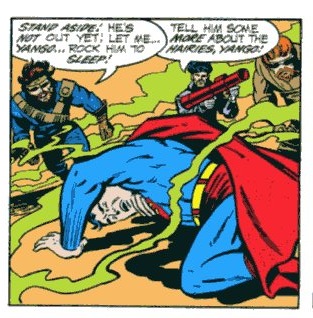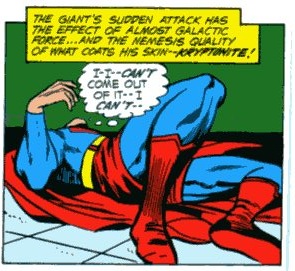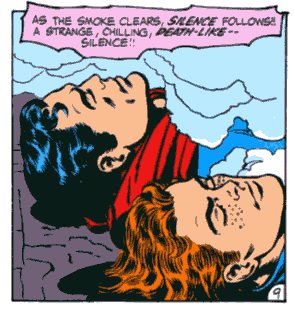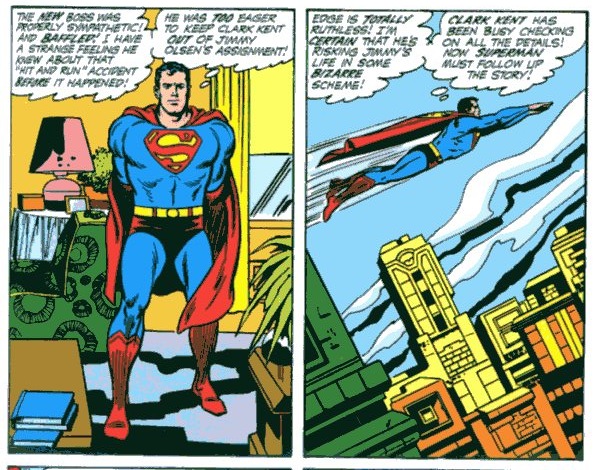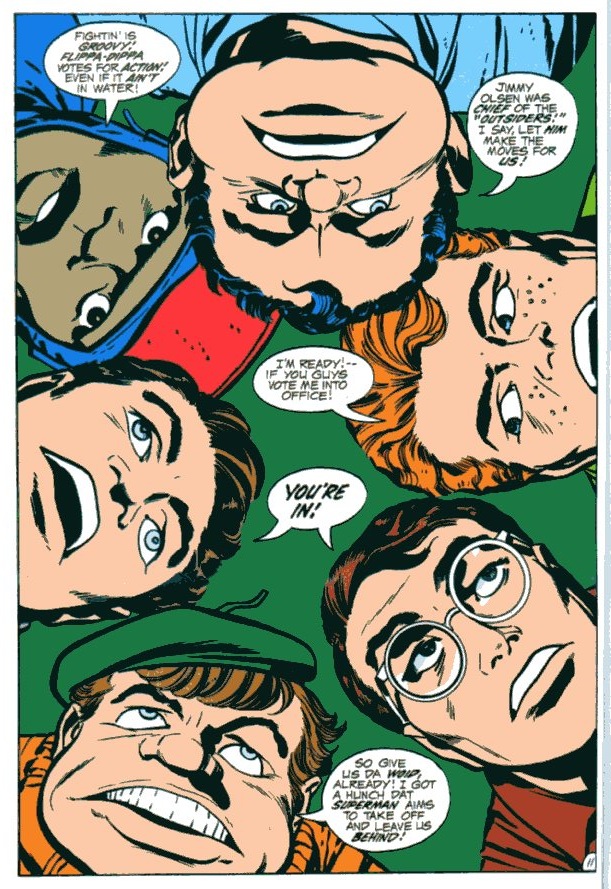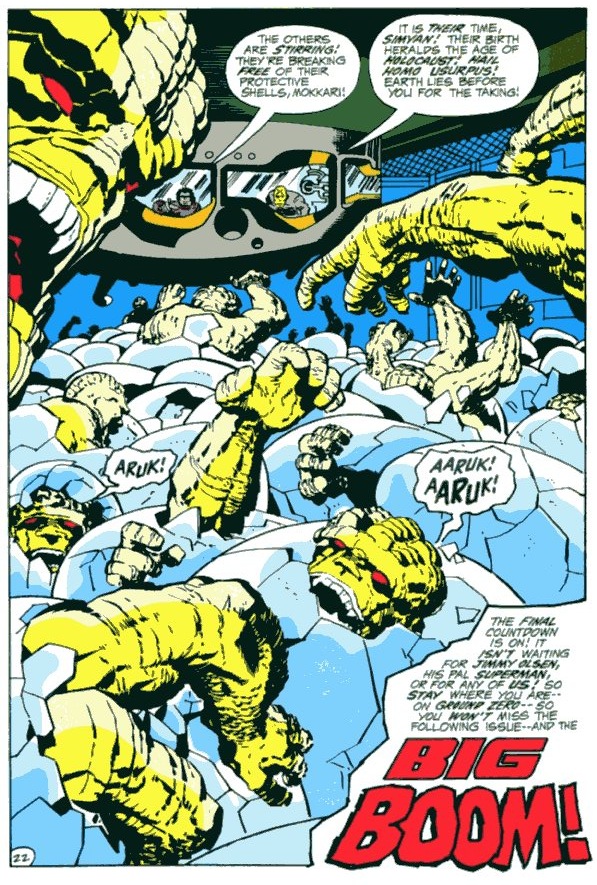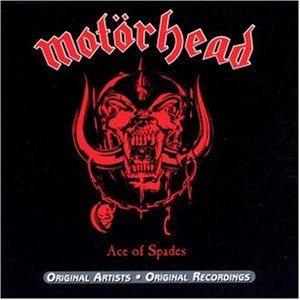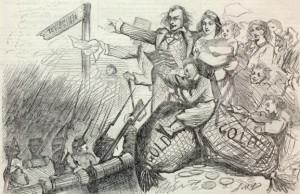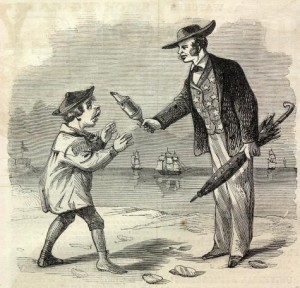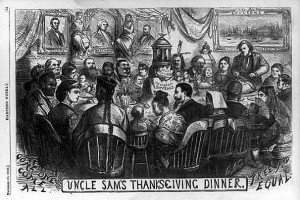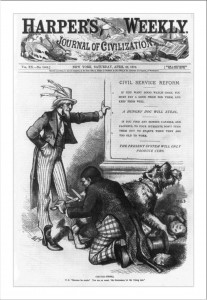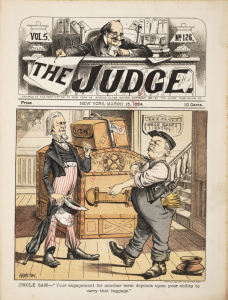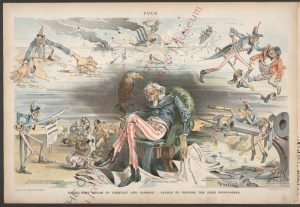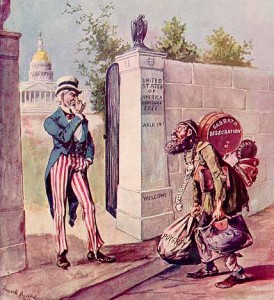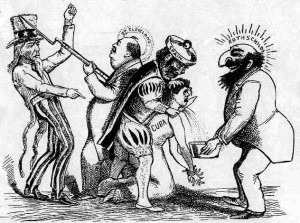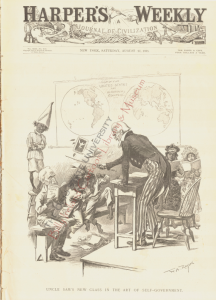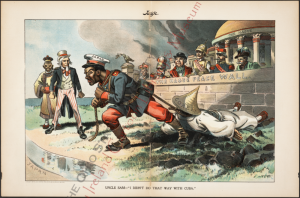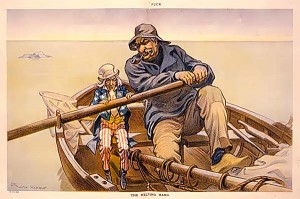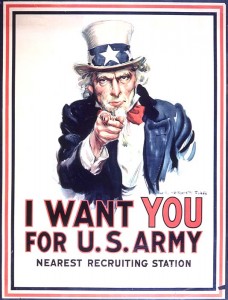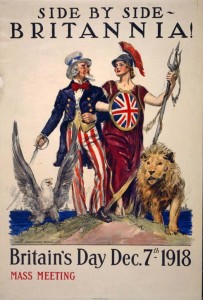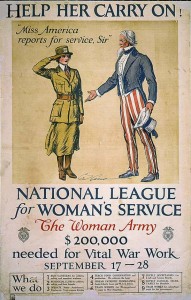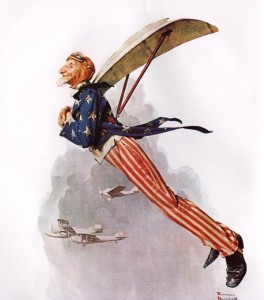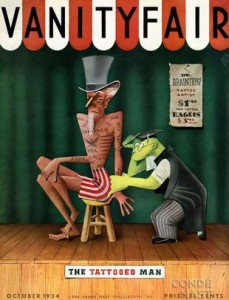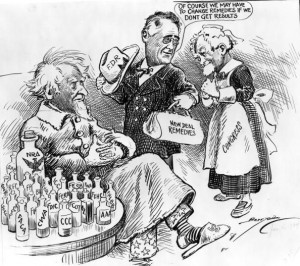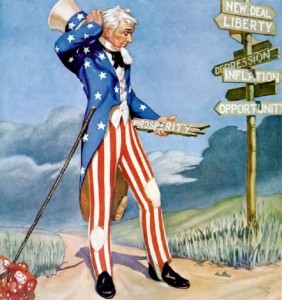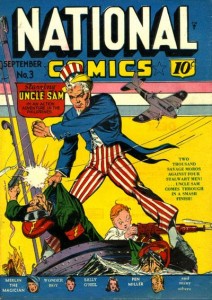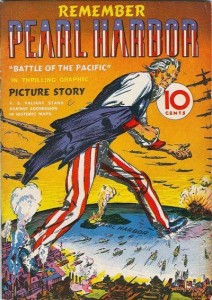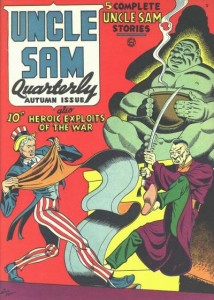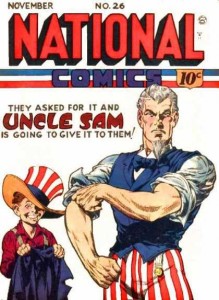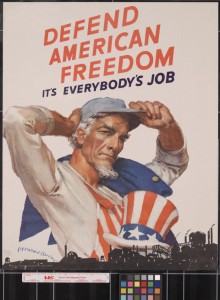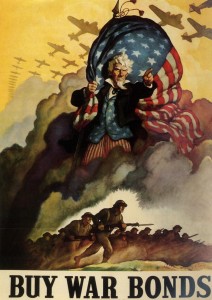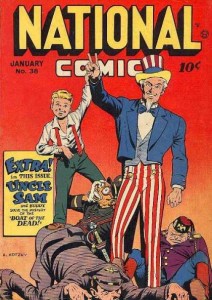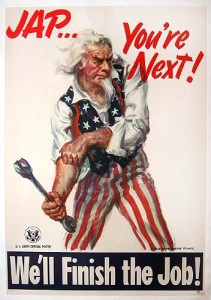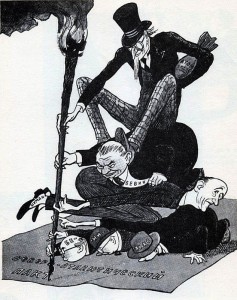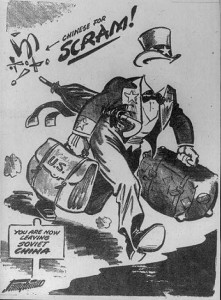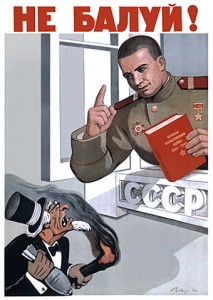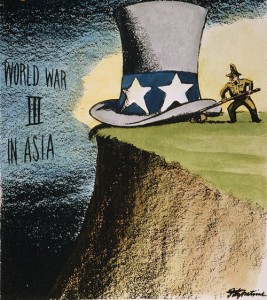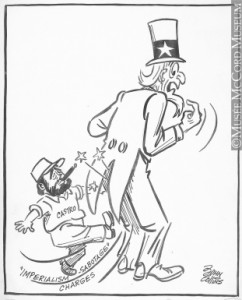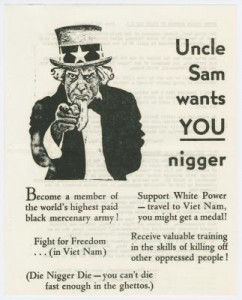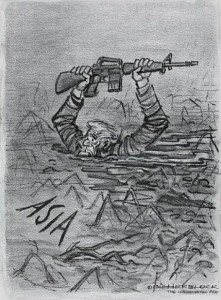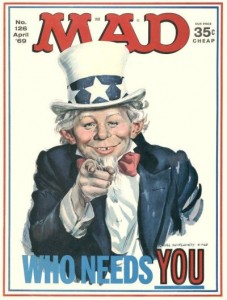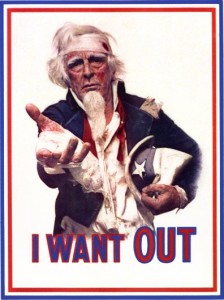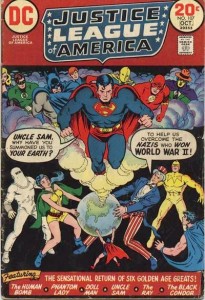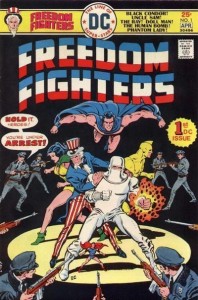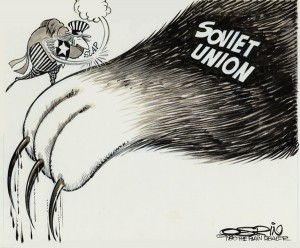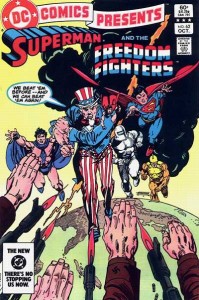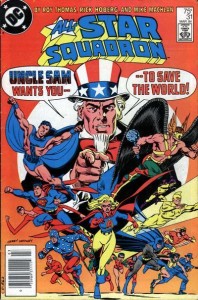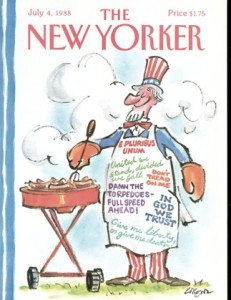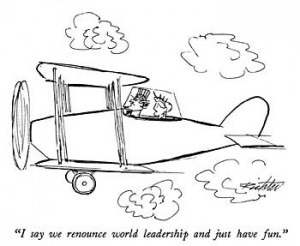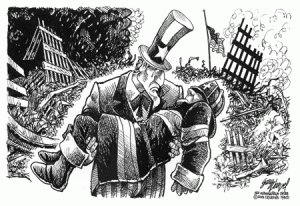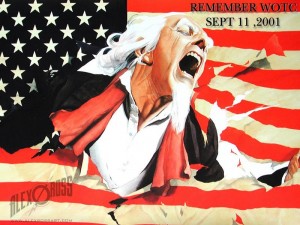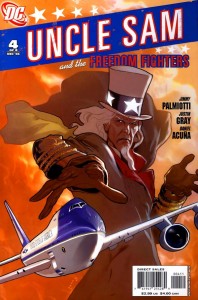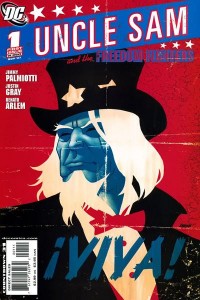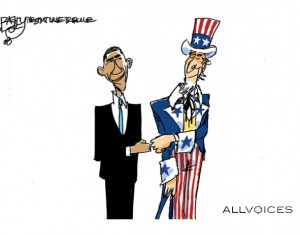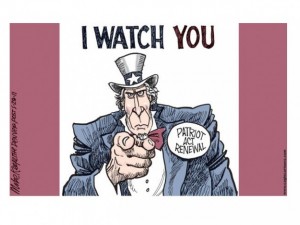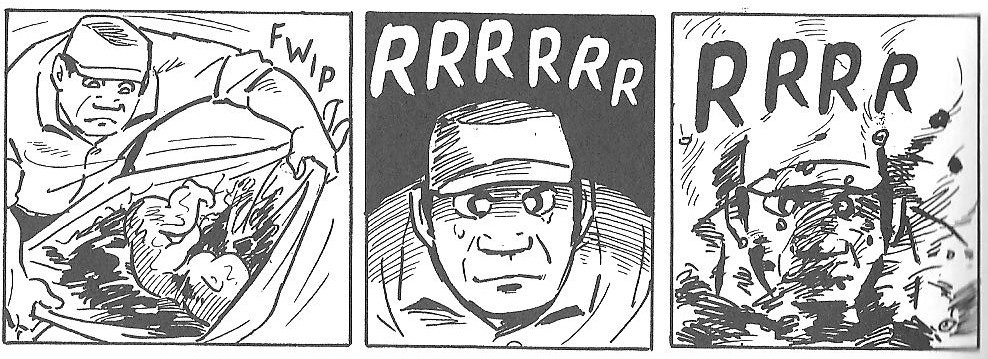To all the readers who commented on my paper “Fetuses in the Sewer: A comparative study of classic 1960s manga by Tatsumi Yoshihiro and Tsuge Yoshiharu.”
First, many thanks for taking the trouble to read my paper and comment on it; and apologies for taking a very long time to get round to responding. I moved back to Japan from England in April and all my manga and stuff were on a ship for two months, and then there was the Great Tohoku Disaster as an added distraction. Anyway, let me respond now as best I can.
Several people asked how come Tsuge does not get translated into English more. I have heard the following theories, some here at HU, others from friends:
1. Some say the work is too challenging to interest mainstream publishers. Indeed, it is does make more demands on the reader that Tatsumi’s punch-in-the-face approach. Who’s to say whether it would sell?
2. Some say Tsuge has usually refused to allow his work to be translated because of bad experiences in the past. It probably did not help that The Comics Journal got his name wrong on the front cover of their 2005 special issue on Manga Masters. Calling him “Yoshihiro” (that being Tatsumi’s name) may have made it a teeny bit worse.
3. Someone here on HU said that Tsuge does not like the damage done to the flow of the visual narrative when manga get “flipped” when translated into English, though as Ian S pointed out, he has had a substantial chunk of work translated into French.
4. Yet another rumour has it that Tsuge promised the translation rights to some long lost friend in America who has never made use of them.
If anyone knows the truth of the matter, please do share.
Noah Berlatsky says: Here the representation and the reality are both in flux and swimming around each other.
— A very astute comment, and one that speaks to other Tsuge comics too. One reason why people have such a hard time responding to his famous work Neiji-shiki (Screw Style) is because they want to decode it, to refer symbols to reality when in fact neither is solid enough to allow such a reading. My main objection to Masashi Shimizu’s Freudian commentaries on Tsuge is that he thinks such a systematic decoding is possible, which sometimes leads him into far-fetched assertions.
Noah Berlatsky says: I was thinking about Anne Allison’s book Permitted and Prohibited Desires…
– Yes, it is interesting to speculate that the “absent father” may be hovering off-stage in these productions. Theories emphasizing Japan’s uniqueness are deeply unfashionable these days, which may explain why Shimizu never references Kosawa Heisaku (Anne Allison’s principle reference for alternative non-Oedipal development in Japan), or Doi Takeo, another absent father theorist well-known outside Japan, preferring to follow a relentlessly orthodox Freudian line in his analyses. In my paper on Tsuge’s ‘The Incident at Nishibeta Village’, recently published in IJOCA (spring 2011) I describe how Shimizu makes a large boulder stand in for a father figure in one of these forced interpretations.
Anyway…it seems like that might link up somehow with the fascination with fetuses you’re talking about here. It’s more direct with Tatsumi; the flip side of his misogyny is disempowerment fantasies; identifying with the fetus as revenge against the all-powerful feminine and as a capitulation to it. The bleak vision seems less like a look at the dark realities of life than an excuse to crawl back into the womb.
– Identifying with the fetus? A lot of horrible things are done to fetuses in Tatsumi’s comics. And also there are moments of tenderness – the window-cleaner carrying his daughter’s baby on his back in The Washer, for instance. I think a careful look at the role of fetuses/babies in these Tatsumi works shows that he is not quite as blunt and predictable as some readers seem to think.
>> Tsuge it’s harder to pin down…he’s more playing with the notion of returning to the womb than he is in thrall to it, perhaps?
– I think you are probably on target there.
>> As you say, the salamander seems like both sperm and fetus. If it’s pushing the fetus out to be born, it could also be in some sense the mother, or associated with the mother. A sperm dreaming it’s a mother, maybe? Or at least dreaming it’s gone back to the womb…though a womb reimagined as post-apocalyptic eden, too.
— With Tsuge, all is possible.
Maybe that makes sense of the womb/freedom symbolism you’re seeing in the water? That is, if the Oedipal relationship is reimagined so that mothers are actually the lawgivers, then it makes sense to think of the womb as not just safety but freedom.
— I don’t really get this.
ryanholmberg says:
Tom, I enjoyed your piece. Nice to read a baseline analysis of Tsuge and Tatsumi’s heavy-handed symbolism.
— I think you are rather unfair to both authors to call their symbolism heavy-handed.
>> There’s an interview between Tsuge and Tatsumi in Garo in 1971 that you should read. There Tatsumi more or less admits that Tsuge’s Garo work is what inspired Tatsumi’s circa 1970 stuff.
— Any chance of a photocopy?
>> The knocking-off is painfully obvious in some cases, and the work you have analyzed is not even the most extreme. Tatsumi produced some interesting things in the 50s, but most of his 60s material is just plain junk. Were it not for Tsuge, Tatsumi would probably have disappeared.
— I would not call Tatsumi’s 60s work plain junk. I much enjoyed reading these works. They are page turners. Then again, I also enjoy listening to loud, repetitive punk rock music. For me, Tatsumi is Johnny Rotten to Tsuge’s Roger Waters. That said, there does some to be fairly obvious ripping-off going on here. I am beginning to wonder if Adrian Tomine ever reads the postings here, and if so, whether he is going to jump in and launch a spirited defence of Tatsumi.
>> A couple corrections: Tsuge was not plucked out of oblivion by Nagai in 1965. He had already been making comics for close to a decade and was well-known in the kashihon circuit and even published work in mass-print magazines.
— I do of course know that Tsuge had already published a lot of stuff, Ryan, but is it not also true that Tsuge’s career was fairly moribund by 1965, and that Nagai heard he was struggling, wanted to help, couldn’t find anyone who knew of his whereabouts, and finally had to find him by putting a notice in Garo asking him to come forward and make himself known? Such at least is the legend… I’ve read it several times.
>> You also write that both artists wrote plenty of gangster yarns, ghost stories, and samurai bloodbaths in the 50s. I have not read everything by either of these artists, but from what I have I would to say that this incorrect. Tatsumi wrote very very few pieces set in the premodern period, and the one that I have seen was most certainly not a samurai bloodbath, but rather a ghost story set in the Edo era.
– You are probably right about Tatsumi. I wrote rather casually there, I must confess.
>> Tsuge also to my knowledge did not write that many gangster pieces (that was more a Gekiga Studio thing). He did write a number of samurai swashbucklers in the 50s, but the bloody samurai pieces didn’t come until around 1960, after Shirato Sanpei’s Ninja bugeicho made dismembered and splattered blood a prerequisite for the genre. Now that most of Tsuge’s pre-Garo work is in bunko (paperback), it should be easy to check this.
— Tsuge’s 1950s samurai bloodbaths include ‘Namida no Adauchi’ (The Tears of Revenge, 1955, 128pp.), ‘Sen’un no Kanata’ (Beyond the Clouds of War, 1955, 144 pp.), ‘Norawareta Katana’ (The Cursed Sword, 1958, 12pp.), leading into a series of four stories derived from the life and legend of swordsman Miyamoto Musashi in 1960. OK, that’s not strictly the 50s. His gangster yarns include ‘Hannin wa Dare da?’ (Who is the Criminal?, 1957, 40pp.), ‘Akatsuki no Hijousen’ (The Dawn Emergency Line, 1957, 66pp.), ‘San’nin no Toubousha’(Three Escapees, 1958,48pp), ‘Oyabun’ (The Boss), 1958, 20pp..
On the matter of bloodiness, I think you perhaps exaggerate Shirato Sanpei’s originality here. Tagawa Suiho has plenty of heads and limbs flying around the place in his 1930s Norakuro comics, for instance; Shirato’s contribution is more in the brilliant penmanship than the old ultraviolence itself, no?
ryanholmberg says:
I agree with Noah that if one is going to pursue some sort of psychoanalytical frame for Tsuge, you have to deal with the general absence of fathers. The wrench-carrying suit in Nejishiki could be read as a father figure, but otherwise they are pretty absent from Tsuge`s work, no? And when they do appear, they seem to be background color and not allegorical symbols.
— I think that in this Garo period, Tsuge typically has a male protagonist trying to come to terms with women, represented by actual women/girls he encounters on his travels, or by a feminized landscape, such as that of the Marsh (Numa). It is an obsession, and doesn’t seem to leave much room for fathers – or indeed for mothers, save as attenuated symbolic wombs like the one the salamander has found himself in.
>> Second, I think the Ibuse Masuji short story (which non-Japanese readers can read in Ibuse`s Salamander anthology) deserves more than a footnote, regardless of what Tsuge says about it himself. There is obviously more than a passing resemblance, and it is certainly more important than Western existentialist writing.
— You are right about this, though I wondered whether Hooded Utilitarian readers had enough interest in Japanese literature to warrant a full discussion. Tsuge freely admits borrowing from Ibuse – it is a famous story, a cameo literary classic, and by using the same title for his own work, Tsuge invites comparison. The offhand comment I mentioned him making about the Ibuse story in conversation with Gondo is typical of his sometimes infuriating reluctance to seriously grapple with his influences. I would make the following observations:
1. Tsuge has certainly borrowed the basic idea of the salamander as an existential figure from Ibuse’s story (first written around 1919; published in 1929). Both salamanders are literally in a hole, and forced by their predicament to reflect on the meaning of life. Even the way Tsuge’s salamander talks – or thinks out loud – sometimes recalls Ibuse’s salamander. Both are reflective, lugubrious voices, moody and sometimes capable of humour.
2. But this is creative adaptation, not plagiarism. Ibuse’s salamander is trapped in a very small cave, where Tsuge’s is relatively free, to wonder through the high-ceilinged labyrinth of a massive system of sewers. And where Ibuse’s salamander goes through a series of moods over a period of two years, we see Tsuge’s in a fleeting moment of his existence. His reflections make it clear that he has made a distinct progress, from disgust at his fetid environment to acceptance and even pleasure at the chance encounters that come his way. The final frame, in which he swims off into an ethereal light, is far from the image of permanent entrapment in Ibuse’s yarn. Whether that light signifies death/rebirth/enlightenment or what, it is probably better than just being stuck in a cave. So Tsuge’s salamander enjoys a lot more freedom of movement than Ibuse’s.
3. On the other hand, Ibuse’s salamander is considerably less isolated than Tsuge’s. He has a series of encounters with other animals – some killifish, a shrimp, then a frog. Tsuge’s salamander is completely alone – all the other animals we see are dead, except possibly for one water-rat glimpsed in a single frame. Hence the nightmarish, post-apocalyptic atmosphere of Tsuge’s piece. Ibuse’s salamander, though trapped, is at least in a familiar natural world. Outside his cave is a bright pool teeming with life. Who knows what lies outside the sewer inhabited by Tsuge’s salamander?
4. Both salamanders show a malicious streak, Ibuse’s trapping a frog to share his confinement, Tsuge’s head-butting the fetus he encounters. Despite his brutal behavior towards the frog, who is dying of starvation by the end of the story, Ibuse’s salamander is finally forgiven by the frog, and the story fades out ends on a note of quiet resignation. At least they have each other. In Tsuge, the fetus is not so much bullied as discarded, being too alien to the salamander’s experience to be understood. Again, there’s a deep isolation here that we do not find in the Ibuse story. Going back to Noah’s comment about use of metaphor, if Tsuge’s story is a metaphor for the human condition, then the arrival of a real human, albeit an unborn/still-born fetus, is a gross intrusion by the signified upon the world of the signifier. This may help to explain the deeply unsettling atmosphere of the Tsuge story.
5. Ibuse’s story is told through several voices: that of the salamander, those of the shrimp and the frog, and an authorial voice which invites the reader to laugh at or sympathise with the salamander. Tsuge has boiled the narrative down to a single interior monologue as the solitary salamander ruminates in solitude. The absence of authorial voice or other characters leaves the story more intense and focused than Ibuse’s.
In short, I think the interplay between these two salamanders adds a fascinating further layer of complexity and density to this little 7-page vignette for those who are familiar with the Ibuse story.
>> This isn`t the only story Tsuge borrowed liberally from.
— Tell me more!
>> Also, I feel like an artist can get that “existential” feel from anywhere, from life as much as from books. Probably a better track of interpretation would be to go back to the beginning of your essay and try to explain this through demographic or historical context.
— I don’t quite follow. Please tell me more.
>> I will probably post a related piece about Numa on TCJ sometime in the summer, so I will leave my thoughts for now at that.
— I look forward to seeing that piece.
>>e reason I made the comment last week about what sorts of genres who was working in in the 50s was because I think it’s important to see how both Tatsumi and Tsuge started in a detective-thriller mode. However they diverged in the early and mid 60s, I think their re-convergence in the late 60s is in part a return to those 50s origins.
— Thanks for the clarification.
I’ve closed comments on this post. If you have a response, please put it on the original post.

